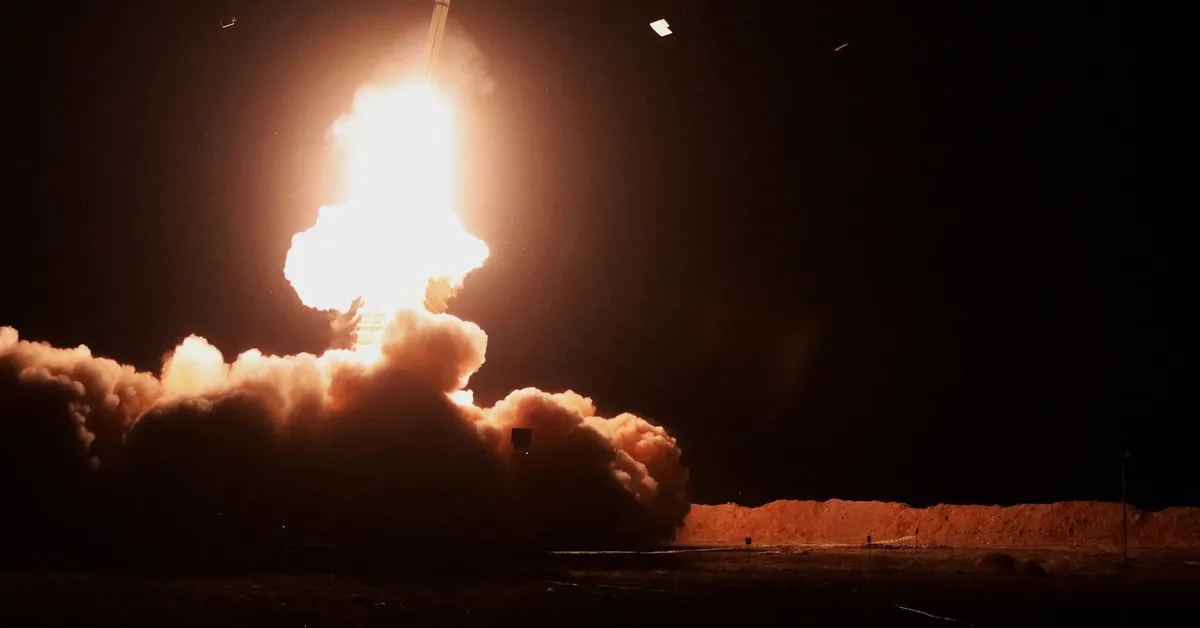
On June 14, Reuters reported that dual risks are keeping investors anxious as markets prepare to reopen late on Sunday. The heightened prospects of a broad Middle East war coupled with nationwide protests against U.S. President Donald Trump are contributing to an atmosphere of uncertainty and potential chaos. These developments have sparked significant shifts in market sentiment and investor behavior.
In a dramatic turn of events, Israel launched a series of strikes against Iran on Friday and Saturday. The Israeli government claimed these attacks targeted nuclear facilities and missile factories, resulting in the deaths of several military commanders. This escalation suggests a prolonged operation aimed at hindering Tehran's efforts to develop an atomic weapon.
In response, Iran executed retaliatory airstrikes on Israel on Friday night, with explosions reported in major cities such as Jerusalem and Tel Aviv. Israeli Prime Minister Benjamin Netanyahu announced on Saturday that the strikes would intensify, while Iran simultaneously called off nuclear talks with the United States, which had been viewed as a potential avenue to de-escalation.
Additionally, Israeli forces reportedly targeted Iran's oil and gas industry for the first time, leading to a blaze at an Iranian gas field, according to state media. These military actions have significantly impacted the financial landscape, causing risky assets to decline, boosting oil prices, and triggering a flight to safe-haven assets like gold and the dollar.
Compounding these global tensions, protests organized by the No Kings coalition against Trump’s policies threaten to dampen market sentiment further. Just hours before the protests commenced, a tragic incident occurred in Minnesota, where a gunman posing as a police officer opened fire on two state politicians, resulting in the death of Democratic state assemblywoman Melissa Hortman and her husband.
According to Matt Gertken, chief geopolitical analyst at BCA Research, the conflict between Israel and Iran has escalated beyond mere posturing. He noted that any significant military actions from either side could disrupt oil supply chains, which might trigger a surge in risk aversion among investors.
Despite the S&P 500 index being approximately 20% above its April lows, its performance has stagnated over the past month. Alex Morris, chief investment officer of F/m Investments in Washington, emphasized that the overall risk profile stemming from the geopolitical situation remains too high for investors to confidently re-enter the market.
As trading resumes at 6 p.m. (2200 GMT) on Sunday, U.S. stock futures are set to react to these ongoing tensions. With risky assets declining, investor expectations for near-term market volatility have surged. The increase in the VIX, often referred to as Wall Street's "fear gauge," indicates a growing risk aversion among equity market participants.
Michael Thompson, co-portfolio manager at Little Harbor Advisors, remarked that he would closely monitor near-term volatility futures prices. A rise towards levels set to expire months from now may signal that hedging against potential market declines is necessary.
The combination of domestic unrest and escalating geopolitical tensions creates a complex landscape for investors. Gertken of BCA Research warns that major social unrest typically elevates market volatility, and the ongoing crisis in the Middle East adds an additional layer of concern. As investors navigate these uncertain waters, caution and strategic planning will be essential in the days ahead.